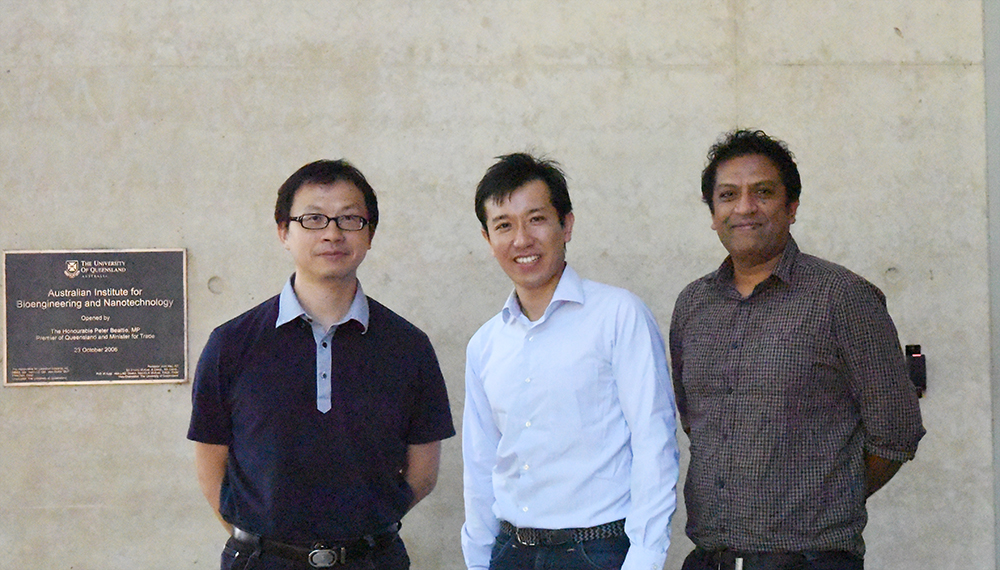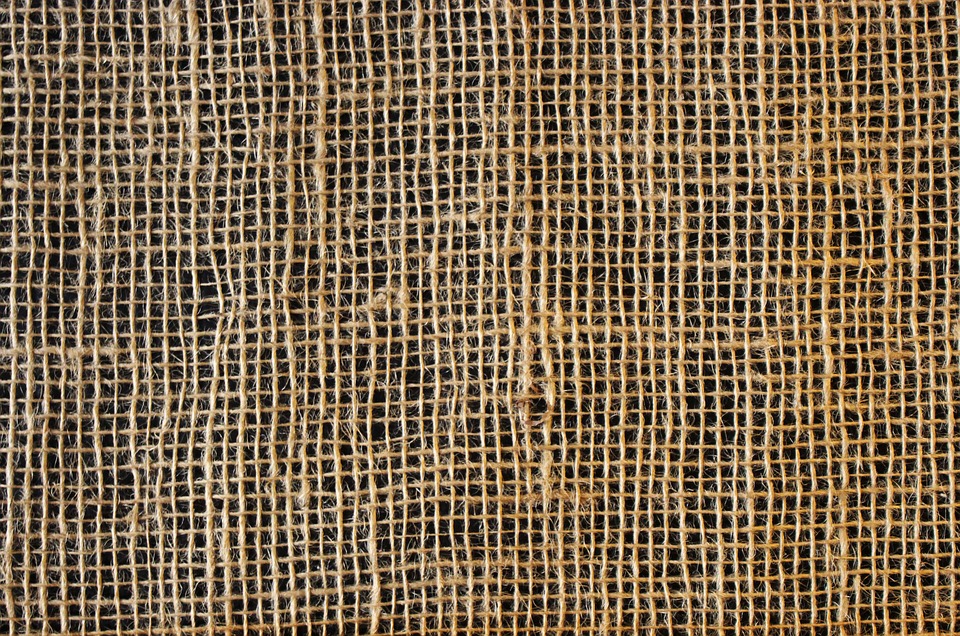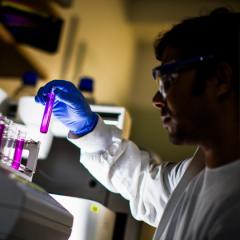Researchers from the Australian Institute for Bioengineering and Nanotechnology (AIBN) at the University of Queensland (UQ), working with colleagues in India, Bangladesh and Taiwan, have developed a cost-effective method of converting agricultural waste biomass into commercially valuable chemicals for food production, pharmaceuticals, agriculture and other industries.

Global agriculture generates vast amounts of biomass in the form of waste products. For example, each year the global sugar industry produces around 540 million tonnes of sugarcane bagasse, the fibrous residue that remains after the stalks are crushed for their sucrose-rich juice.

More than 3.3 million tonnes of jute – the fibre used to make burlap — are produced annually, but this refers only to the final high quality product. Substantial plant waste remains once the jute fibres have been extracted from the tall, leafy Corchorus plants. It’s also important to note that not all jute is of adequate quality to be used commercially, meaning a substantial amount of biomass could be put to better use.
While some biomass can be used as feedstock or as biofuels, as in the case of bioethanol, these avenues aren’t suitable for all forms of biomass. Interestingly, a great deal of biomass such as bagasse or jute waste actually contain high levels of commercially valuable molecules. The only problem is that they are extremely difficult and costly to extract and to convert.
Vascular plants have tough cell walls made primarily of lignin, hemicellulose, and cellulose. Cellulose and, to an even greater extent, hemicellulose are valuable starting points from which to synthesise a variety of commercially useful compounds such as xylose, arabinose and furfural.
“Xylose and arabinose are healthy, five-carbon, low glycemic index sugars.” says AIBN Professor Yusuke Yamauchi. “Used in food products, these five-carbon (C5) sugars can play an important role in the management of blood glucose and insulin levels related to sucrose intake."
“Furfural is one of the leading value-added chemicals produced from biomass because of the variety of uses it can be put to. Furfural and its derivatives have been widely applied as fungicides, pesticides, drugs and bioplastics, flavour enhancers."
“There has also been renewed interest in furfural for its potential use in the production of biofuels, such as bioethanol and biodiesel, which can be used as replacements for fossil fuels including petrol and diesel.”
But to extract hemicellulose and cellulose from biomass, you have to break down the lignin.
“Cell walls are rigid because they have to be, otherwise they would dissolve in rain,” says Professor Kevin Wu of National Taiwan University, who is collaborating with Professor Yamauchi.
He explains that a molecule called lignin is primarily responsible for this, and accounts for a significant amount of most biomass. Jute, for example, has a lignin content of around 29%.
The problem is, given its highly crosslinked phenol-based structure, lignin is not easy to degrade.
“That’s why they often use strong acids to break down the lignin structure and extract hemicellulose and cellulose,” says Professor Wu.
The protons in a strong acid can infiltrate the structure of lignin, and destabilise it. But breaking down lignin in this way, then extracting hemicellulose and converting it to commercially useful C5 sugars, involves an inefficient, complicated, environmentally unfriendly procedure that produces a large amount of non-recyclable acid waste.
One-Pot Chemistry
Professors Yamauchi and Wu have collaborated with Dr Shahriar Hossain (Australian Institute of Innovative Materials, University of Wollongong) to develop an efficient ‘one-pot’ process that breaks down lignin and yields C5 sugars with much less environmental waste.
This, Professor Wu explains, began with an algal mess. He and his colleagues had been working on a biodiesel project involving microalgae, which had produced a lot of algal waste. They wondered if there was something he could do with it, so he and Professor Yamauchi came up with the idea of using a recyclable ionic catalyst to break down the lignin in the algae.
They developed a new procedure using a recyclable ionic catalyst, 1-methyl-3(3-sulfopropyl)-imidazolium hydrogen sulfate — dubbed ‘BAIL’ for short — to effectively convert hemicellulose to C5 sugars and even to furfural.
Much to their surprise, it worked extremely well. Next they wanted to see if it would work on a major biomass producing crop.
"We collected raw biomass such as bagasse, rice husk, wheat straw, cotton stalk, corn cob and jute from different areas of India and Bangladesh,” said Dr Hossain.
Using the recyclable BAIL catalysts they were able to produce a remarkably high yield of C5 sugars and furfural directly from biomass in essentially one pot.
“We converted [the biomass] into high-value chemicals such as xylose and arabinose, furfural and HMF [5-hydroxymethylfurfural],” says Dr Hossain.
The yield exceeded expectations: one gram of agricultural waste can generate 0.22 grams of C5 sugars.
According to Dr Hossain, there is significant interest in this research in India and Bangladesh, where a great deal of jute biomass is produced.
While the high value jute, dubbed ‘golden fibre’, continues to be in high demand, this new process could provide a use for jute that previously didn’t make the cut.
“Our target is to make this jute a high value product,” says Dr Hossain. “This will add significant economic value to the agricultural industry in developing countries in South Asia and elsewhere by utilising crop waste and turning it into a valuable product.”
The team is currently looking for commercial partners in the Australian agriculture and food industries.
“Direct Production of Furfural in One-pot Fashion from Raw Biomass Using Brønsted Acidic Ionic Liquids” by Babasaheb M. Matsagar, Shahriar A. Hossain, Tofazzal Islam, Hatem R. Alamri, Zeid A. Alothman, Yusuke Yamauchi, Paresh L. Dhepe and Kevin C.-W. Wu, is published in Reports. The research was funded in part by the World Bank.
Media: communications@aibn.uq.edu.au; Professor Yusuke Yamauchi y.yamauchi@uq.edu.au


